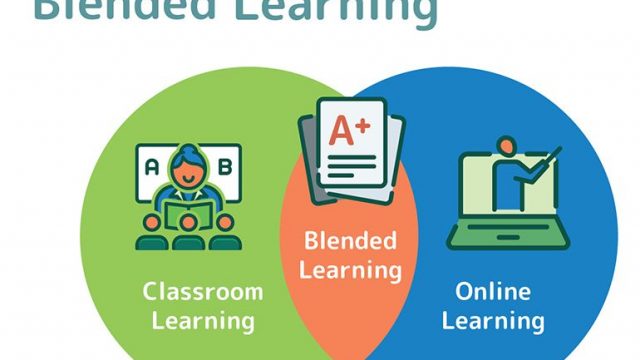Long gone are the times when students’ curiosity was piqued by distance and online education as it was just beginning to become more widely known and accessible. Online learning is the standard option for many organizations. It is rarely a problem in casual conversation to use the terms “blended learning” and “e-learning” interchangeably.
The strategies and teaching methods used in blended learning and e-learning, however, differ significantly. In this article, we’ll explore the differences between these two approaches to digital education for you. Please keep reading.
What Is E-learning?
Elearning is the more narrow of the two terms. Any learning activity that takes place entirely online, such as the delivery of learning modules, instructor guidance, work submission, and feedback, is referred to as entirely online learning.
E-learning courses require a lot of resources because the facilitator and learners are never in the same physical location. The lessons must be lively and varied, visually appealing, and user-friendly. It is often necessary for learning to be largely self-directed. Building dialogue and trust under these conditions can be challenging.
To encourage participation and dialogue, eLearning courses must include a variety of tools. To create the impression of a learning community, they use forums, newsfeeds, instant messaging, and real-time editing.
What Is Blended Education?
Blended learning describes learning and training activities that are supported by technology but take place in a more traditional, face-to-face, environment. The focus of online content is frequently individual modules and resources, with most of the interaction and engagement taking place in the classroom between those who are physically, rather than virtually, present.

However, blended learning can occasionally include forums, newsfeeds, and real-time online collaboration. Both in-person and online feedback and evaluation are options. The instructional designer must carefully consider which components of blended learning work best online and which should be reserved for face-to-face engagement because it is a matter of degrees rather than absolutes.
To put articles, readings, or videos online for people to view does not constitute blended learning, though. A blended program aims to seamlessly combine online and in-person learning so that each one complements, strengthens, and enhances the others.
Differences Between Blended Learning And E-Learning
Online Vs. Everywhere
In contrast to blended learning, which uses the internet as a support tool, e-learning courses are entirely conducted online.
The biggest advantage of online learning is that time and location are of no consequence. Participants can usually pick a convenient learning time and pace for themselves in most courses.
Various learning styles can be supported by blended learning. Blended learning incorporates various learning styles and preferences so that participants can utilize their preferred learning channels to their fullest potential, in contrast to e-learning, which tries to mold every participant into the same mold.
Immersive Vs. One Directional
According to the 70/20/10 model of learning and development, only 10% of learning can take place in a formal classroom setting. The remaining 20% and 70% come from interacting with peers and difficult assignments, respectively.
E-learning modules have the drawback of being largely removed from the learner’s reality. Students can memorize theoretical concepts through online learning resources, but frequently these learnings lack context. Consequently, it doesn’t really stick.
Contrarily, blended learning encourages participants to apply what they have learned in real-world contexts through a variety of stimulating exercises that are immersive and interactive in nature. The long-term professional development that makes up 70% of it is due to this.
As a result, blended learning generally outperforms e-learning and provides participants with the best chance for success.
When Is Using E-learning The Best Option?
E-learning is most effective for short-term, tactical training programs that include interactive exercises, how-to videos, and training sessions that encourage participant participation and open-ended questioning.
When Is Blended Learning The Best Option?
Contrarily, blended learning is better suited for longer-lasting, more complex organizational learning programs, like leadership training, where it is crucial that participants can repeatedly apply what they have learned to their work and receive a lot of support from the learning community around them.
Final Words
Your online education’s success is heavily influenced by the classroom setting. Because of this, the instructional strategies created or employed by universities are crucial to your development.
E-learning is best suited for tactical, short-term training programs. While organizational learning programs that last a long time are best served by blended learning.

